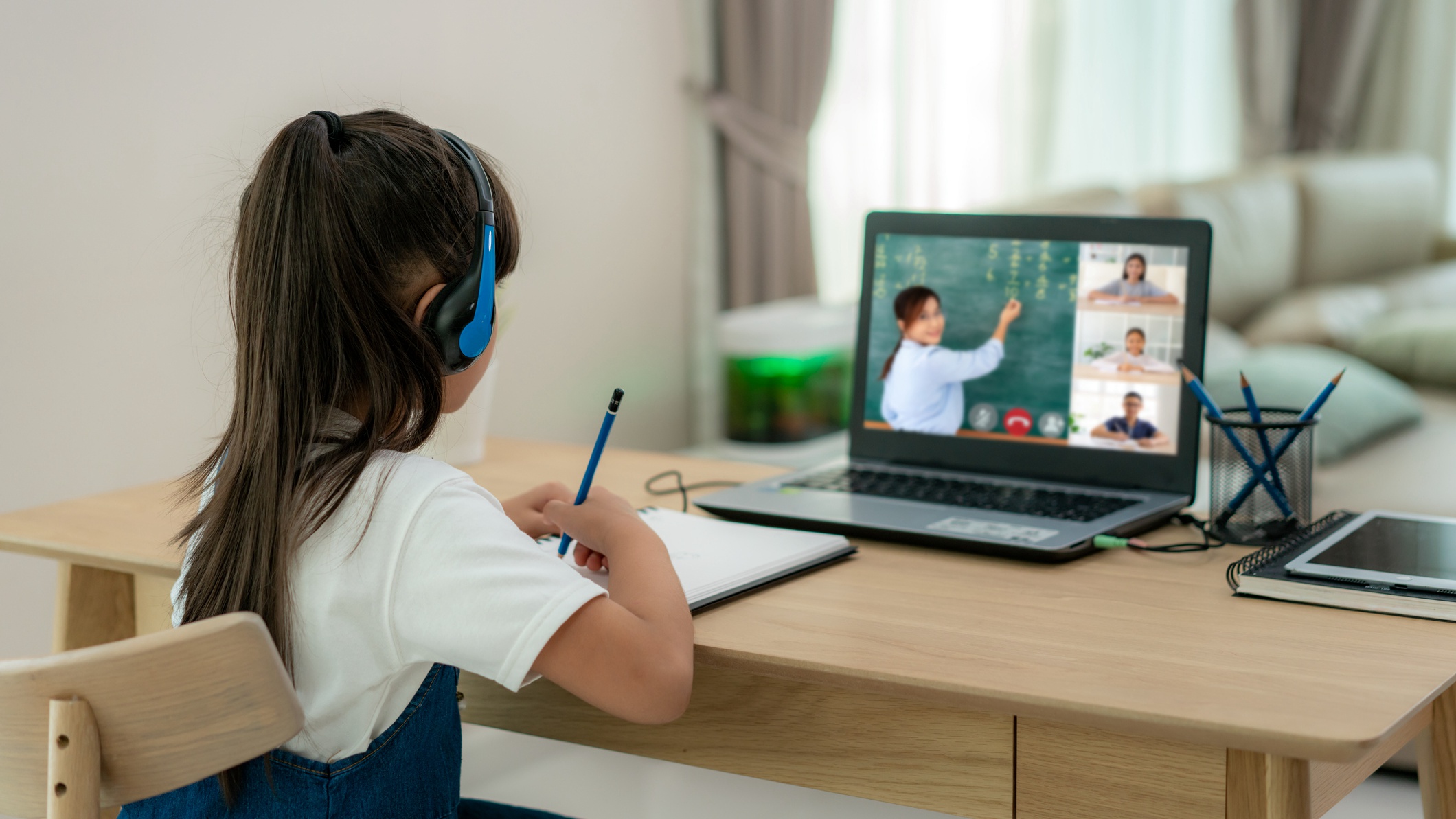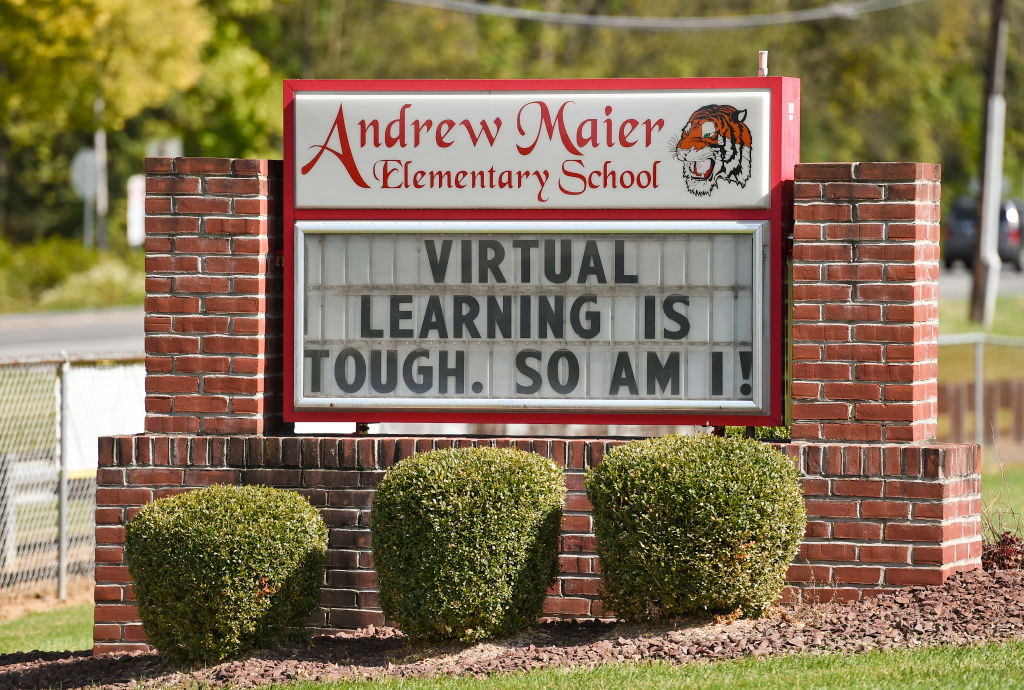
A student video conference e-learning with teacher and classmates on computer in living room at home. /Getty Images
A student video conference e-learning with teacher and classmates on computer in living room at home. /Getty Images
Editor's note: Haider Rifaat is a writer for South China Morning Post, Arabian Moda magazine, Good Times magazine and OK! Pakistan. The article reflects the author's opinions, and not necessarily the views of CGTN.
Online education has emerged as a successful phenomenon this year with continuous growth. According to UNESCO, 850 million students are not attending schools and colleges owing to COVID-19 and the damage it has caused to the economy and our general well-being.
However, the education sector still remains unharmed, thanks to online education. With countless education technology (edtech) firms and apps like ZOOM, Skype and FaceTime, accessing e-learning platforms and virtual school and college campuses has been easier. Having smart phones and tech savvy apps at hand has made our lives more convenient.
Despite uninterrupted learning, there appears to be a huge digital divide between online learners and children and college-going students who are deprived of basic facilities – like the internet – to access online classes.
Every segment of the population comprises of people who are at such a social and economic disadvantage that even affording miscellaneous tools like the internet becomes a financial issue. The digital media is considered more of a "luxury" for those who have no access to it.
Online education is widely available to thousands of privileged families who have the money and power to enroll their children in online classes. However, families on average, especially low-income households, have trouble getting their loved ones registered for online education in times of COVID-19.
It is easier said than done when technological firms specializing in education blatantly claim that online education is free and accessible to all. This very notion shines the spotlight on ignorance and misinformation about the population dynamic. Online education is a mere instance of digital divide.
In light of recent data, as many as 360 million youngsters lack access to the internet. With already such a huge gap in education, the unequal distribution of online learning speaks volumes of the many injustices that low-income families and undeveloped countries at large have to put up with.

The sign in front of a school, October 8, 2020. /Getty Images
The sign in front of a school, October 8, 2020. /Getty Images
To push for resolve, edtech startups need to do a better job and investigate the disparities that exist in their models of online education. They have been successful in setting up virtual campuses and e-learning outlets for students but what they easily turn a blind eye to is holistic education.
So many students have not been able to learn anything substantial since educational institutes shut down following the COVID-19 wave. The last few months could have been utilized wisely if viable solutions for families with no internet access were somehow bridged by schools, colleges and the government overall.
The future implications can be a lot direr if this gap is not addressed. Edtech firms should adopt an approach whereby students of all races, cultures and social backgrounds are registered in their database.
Families should be compensated with internet facilities, especially in areas where there is limited or no access to internet at all. Educational institutes must offer students and their families with some financial relief.
If families cannot afford monthly internet services, they can be granted a fixed sum throughout the year by schools and universities. This rule should only apply to families that are experiencing financial strains.
Even the governments can chip in and contribute whatever they can to bridge the digital divide in online education. This is perhaps the most significant factor that can actually help students get the education they deserve without faltering.
Students without education cannot progress academically even if we take e-learning out of the equation. They won't have an opportunity to graduate, which can easily hinder their ability to learn and prosper. Hence, the resolution lies with the governments, nonprofits, educational institutes and the edtech companies to overcome the gaps in e-learning and champion change for all students.
(If you want to contribute and have specific expertise, please contact us at opinions@cgtn.com)